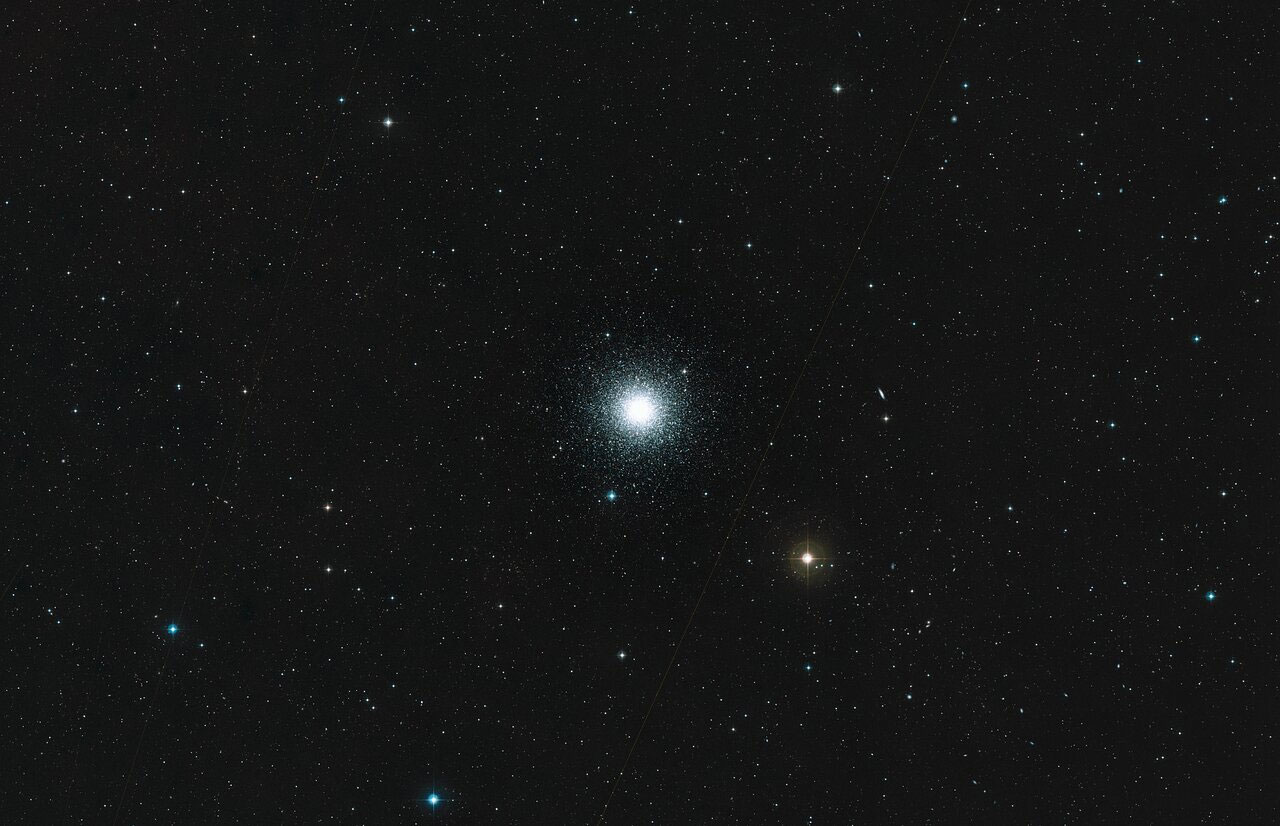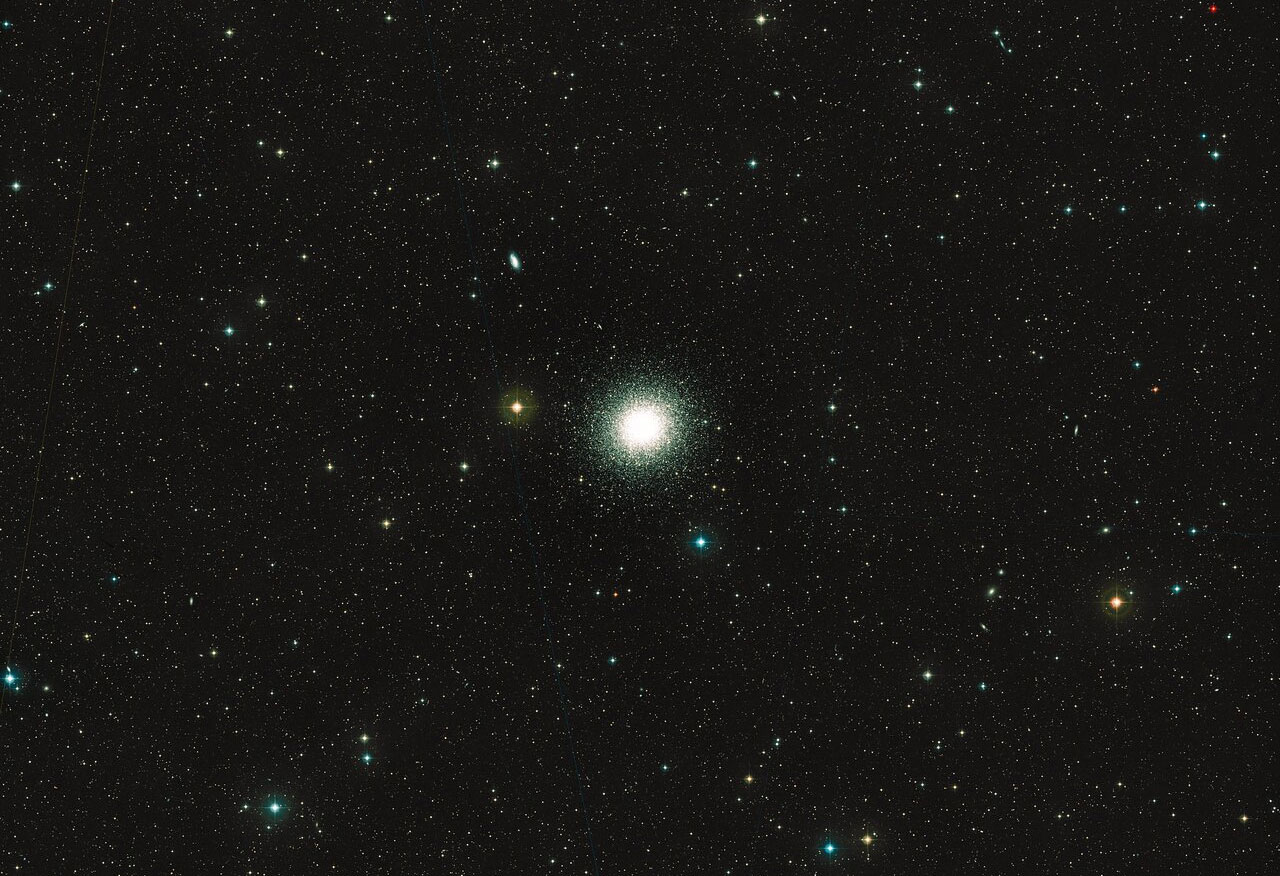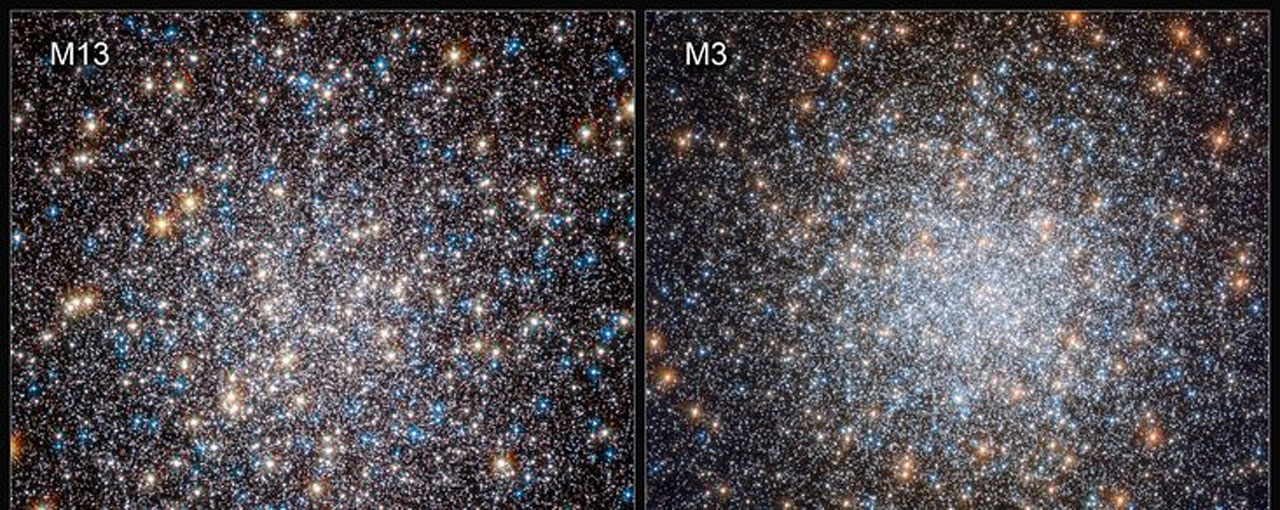Astronomers Say Some White Dwarfs May Look Younger Than They Actually Are
Astronomers made new discoveries that challenge some old notions about white dwarfs. Astronomers have used new data gathered by the Hubble Space Telescope to determine that white dwarfs may continue to burn hydrogen in the final stages of their lives. By burning hydrogen in the latter stages of their lives, white dwarfs may appear to be more youthful when viewed than they are.
Astronomers say this discovery could have consequences for how the ages of star clusters are measured. The team believes white dwarfs can slow their rate of aging by burning hydrogen on their surface. The evidence is the first discovered indicating that white dwarfs can still undergo stable thermonuclear activity, which is directly at odds with previously held beliefs.
A white dwarf is a star that slowly cools that has thrown its outer layers into space during the final stages of its life. Approximately 98 percent of all stars in the universe will ultimately end their lives as white dwarfs, making them the most common objects out there. Researchers believe that by studying and learning more about the objects, they can learn more about earlier stages of a star's life.
For the investigation, astronomers compared white dwarfs residing inside two globular clusters called M3 and M13. Physically, the two star clusters are extremely similar with similar age and metallicity. However, their star populations, which will eventually lead to white dwarfs, are considerably different. One major difference is the color of the stars within the clusters at an evolutionary stage called the Horizontal Branch are bluer within cluster M13, which signifies hotter stars.
Since the globular clusters are so similar but have stars of different temperatures, they are ideal for testing how different populations of white dwarfs cool. Hubble was used to observe both clusters in near-ultraviolet wavelengths allowing the comparison of more than 700 white dwarfs between the two clusters. M3 was found to contain standard white dwarfs that are cooling stellar cores.
M13 contains two populations of white dwarfs that include standard and another type that still has an outer envelope of hydrogen, allowing it to continue to burn and cool slower. Approximately 70 percent of the white dwarfs in M13 are burning hydrogen on their surfaces. The discovery could change the way astronomers measure the age of stars in the Milky Way.



